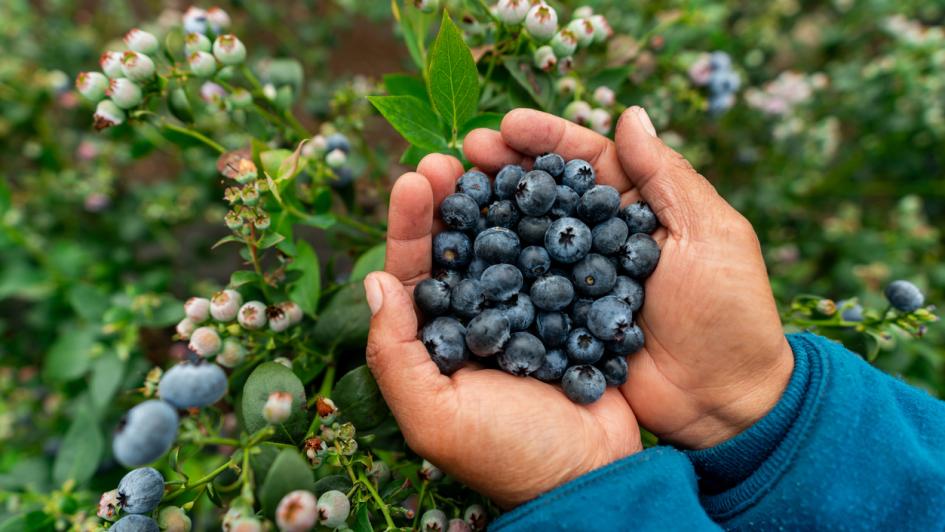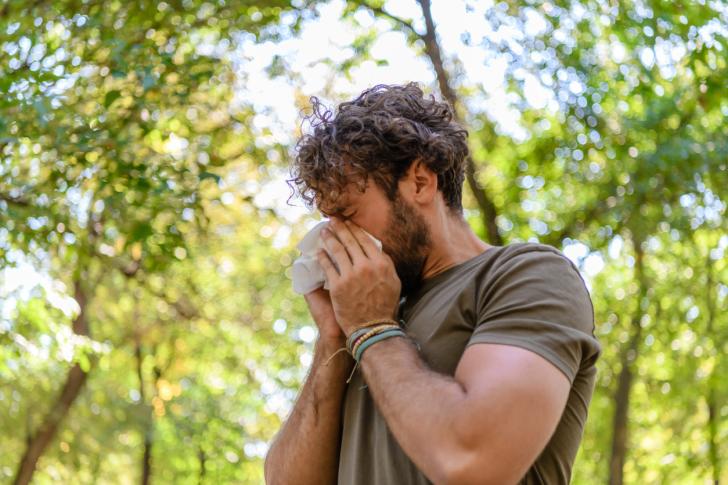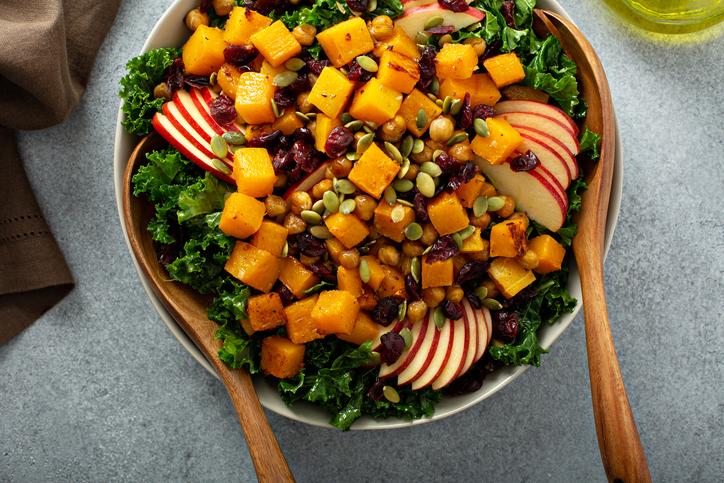4 Environmentally Friendly Alternatives to "Superfoods"

Published
The growing popularity of superfoods has led to a poor environmental impact. Fortunately, there are alternatives that provide the same nutrients and have a smaller impact on the environment.
Many of the foods that are marketed to be “super” have to travel thousands of miles to get onto a shelf in a grocery store near you. Quinoa, avocado, coconut, and açaí are just a few superfoods that you may recognize or even buy regularly. The increased demand for these items has led to an increase in their production. This leads to depletion of the soil in the areas these foods are grown.1 Additionally, these crops are not indigenous to the United States. The large distance these foods have to travel leads to an increase in carbon emissions. This isn’t all bad news. We can help by purchasing food alternatives that are more local and just as “super.”
-
Açaí Berries: Açaí berries are local to the Amazon rainforest in South America.1 They are marketed to the consumer as containing lots of antioxidants. Antioxidants are known to help eliminate unwanted chemical substances in our bodies. An alternative to açaí berries are blueberries.2 They are grown all across the United States and contain more antioxidants than acai berries. In Washington State, blueberries are in season from late June through September. Check out your local farmer’s market in these months for the most local berries!
-
Avocado: Avocados are one of the most well-known superfoods, most famour for its healthy fat content that can help lower cholesterol. From 2000-2010, exports of avocados increased by 1000%.1 Their popularity has resulted in deforestation to make room for more avocado trees. The nutrients in avocados that are known to make them “super” are unsaturated fats. A good alternative to avocados are walnuts.2 Walnuts have a large amount of unsaturated fats and are grown in various places in the United States. Walnuts are harvested in September through November.
-
Quinoa: Quinoa is a whole grain that is local to the Andes region. This grain is considered a superfood because it contains high amounts of fiber and protein. While there is nothing that fully matches the nutrient content of quinoa, there are options that get close2. Millet is another grain that contains protein. While millet is mainly grown in Asia and Africa, it is also grown in the United States. Looking for local millet is a great option for reducing carbon emissions. Another option is to buy from US growers like Ancient Harvest. An alternative to quinoa is to eat a variety of foods that will provide the same nutrients. For example, eating oats and local seasonal vegetables can provide you with the same nutrients that quinoa does. Check to see what vegetables are local to you and when they are in season.
-
Coconut: Coconuts are another incredibly popular superfood that is local to tropical environments. The popularity of coconut and its oil has led to farmers replacing native trees with coconut trees. This practice has affected the soil properties resulting in the need for chemicals to maintain these trees1. Coconut has been said to lower cholesterol and contain healthful nutrients. Unfortunately, many of the claimed benefits of coconut are not entirely truthful. Coconuts are actually high in saturated fats, a fat known to raise cholesterol. They should not be consumed in large quantities. Alternatives to coconut and coconut oil are olive and flaxseed oil.2 Both of these oils have local sources and have unsaturated fatty acids that are better known to lower cholesterol. For cooking purposes, flaxseed oil should not be used and olive oil is good for low-medium heat cooking. Canola oil is a good option for cooking, but it is often processed and refined. Instead, use organic and cold-pressed canola oil when choosing this oil for cooking.
Try these superfood alternatives to reduce your environmental impact. If you would like to know more about how your food choices impact the environment, please contact the Bastyr Center for Natural Health at https://bastyrcenter.org/ or (206) 834-4100.
Amanda Verheydt is a graduate of Bastyr University in Kenmore, WA. She believes the key to a healthy lifestyle is finding balance through small changes. Her interests include child, infant, woman, and sports nutrition.
References
-
Magrach, A, Sanz, MJ. Environmental and social consequences of the increase in the demand for ‘superfoods’ world-wide. People Nat. 2020; 2: 267– 278. https://doi.org/10.1002/pan3.10085
-
Vinegar V&. 14 local alternatives for Exotic Superfoods. Velvet & Vinegar - Vegan Comfort Food & Food Photography. https://velvetandvinegar.com/14-local-alternatives-for-exotic-superfoods/. Published January 16, 2022. Accessed April 16, 2022.


